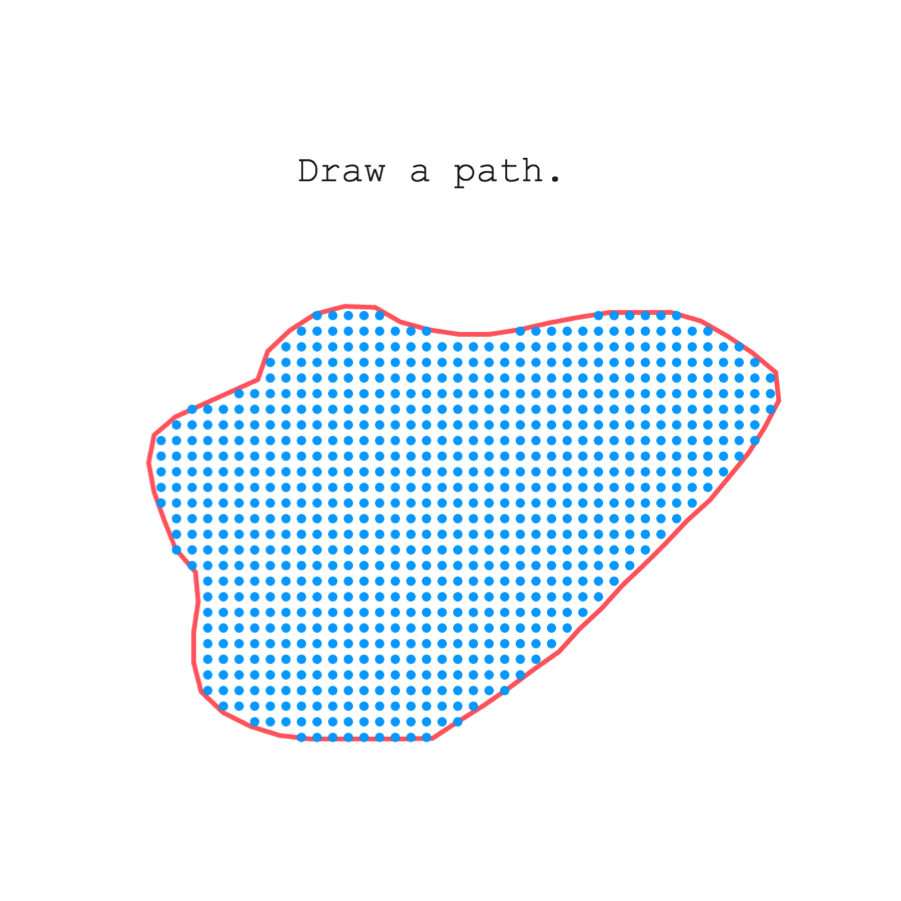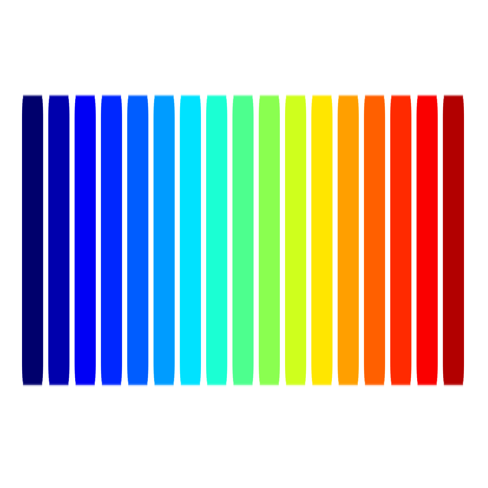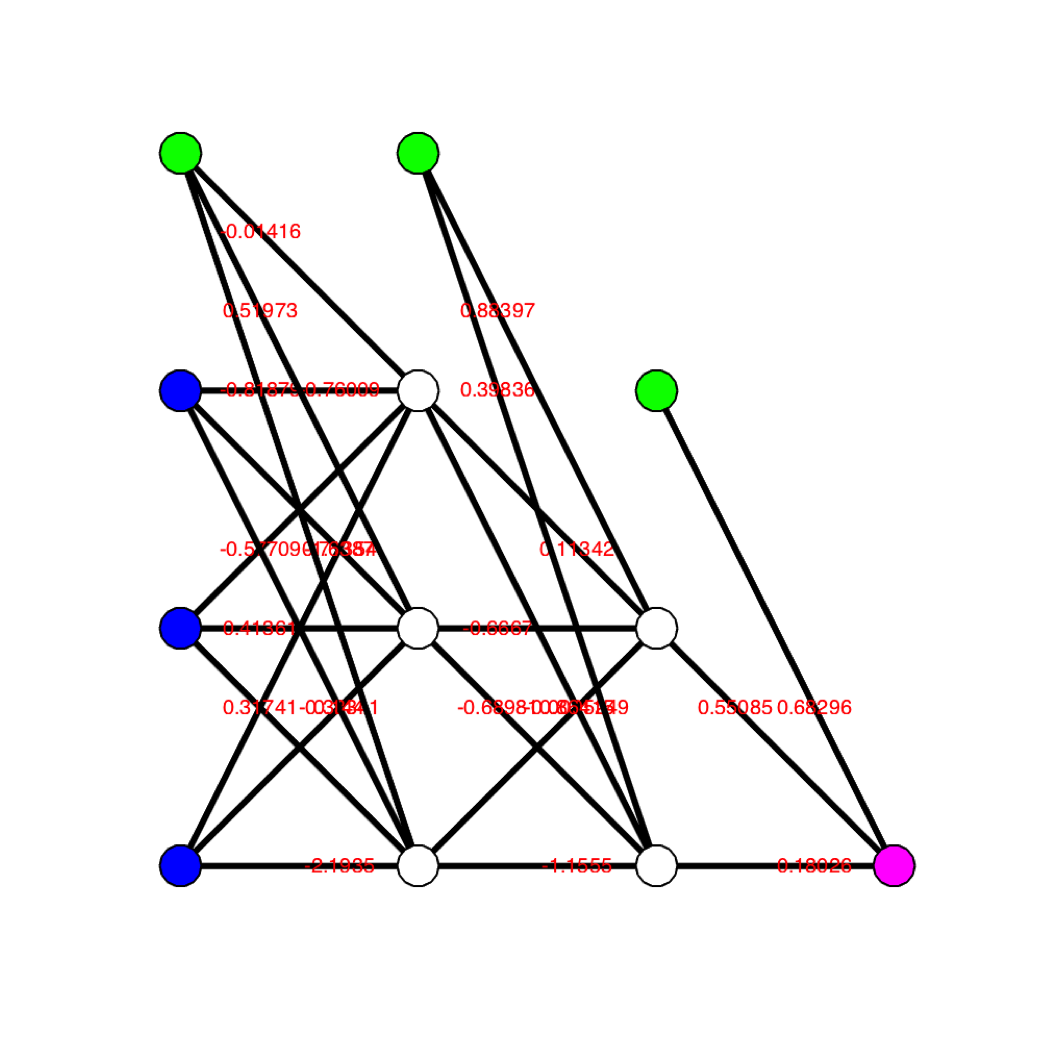
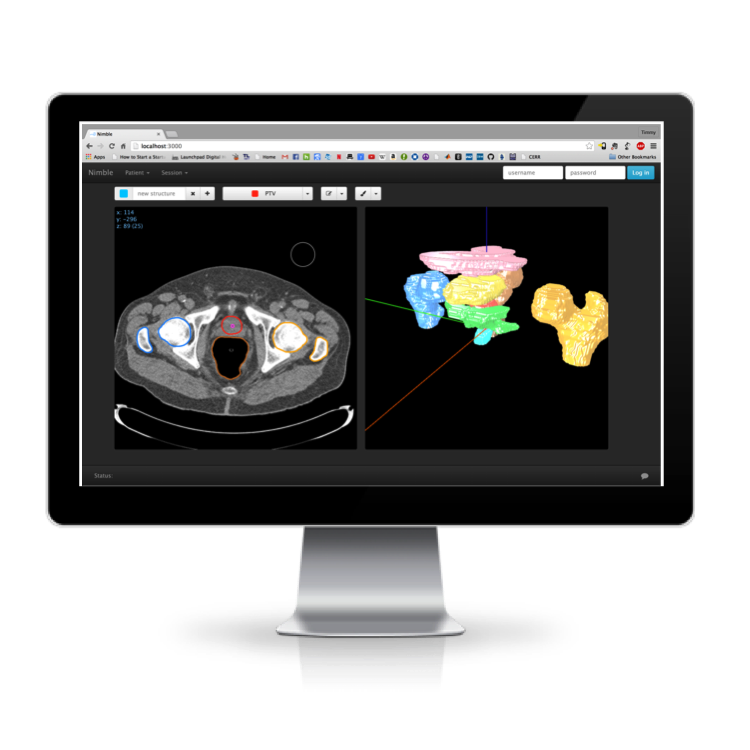
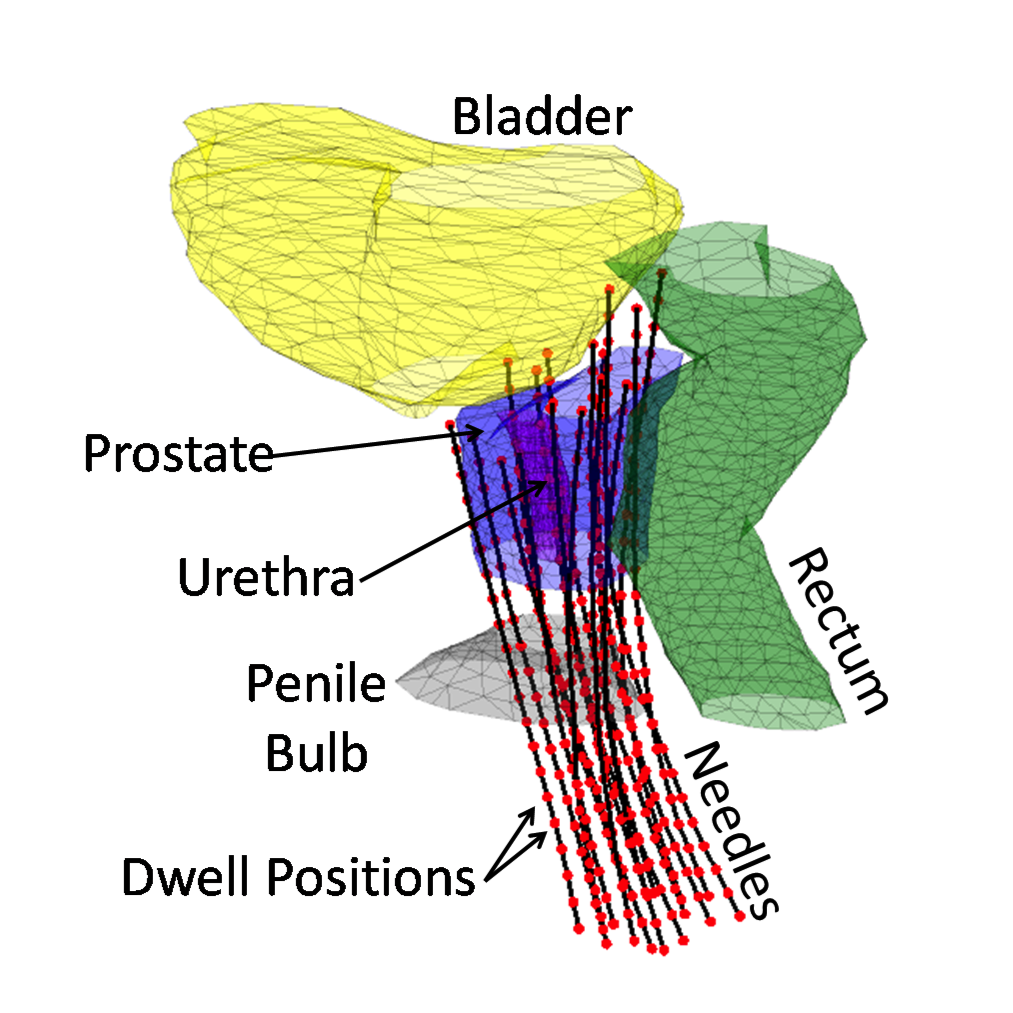
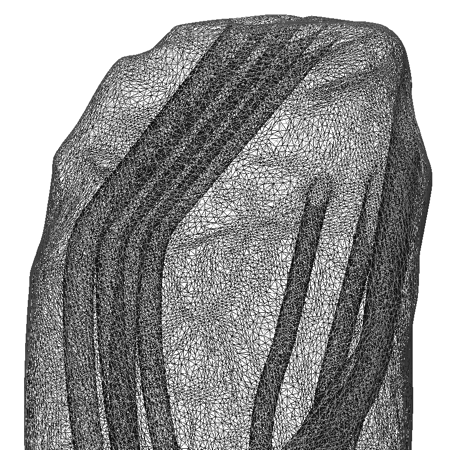
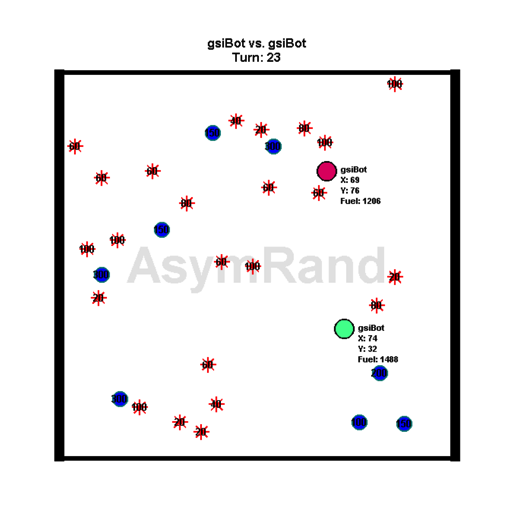
While I was a graduate student, I was a TA for UC Berkeley's core engineering programming course. After several semesters, I felt the cirriculum lacked opportunities for students to write non-trivial and creative programs. To address this shortcoming, I created a semester project called the Robot Tournament, where students had to write an AI for a virtual game of tag-with-a-twist. I won several awards for this tournament, and it was featured in a Mathworks article. Videos: 2008 | 2009 | 2011
